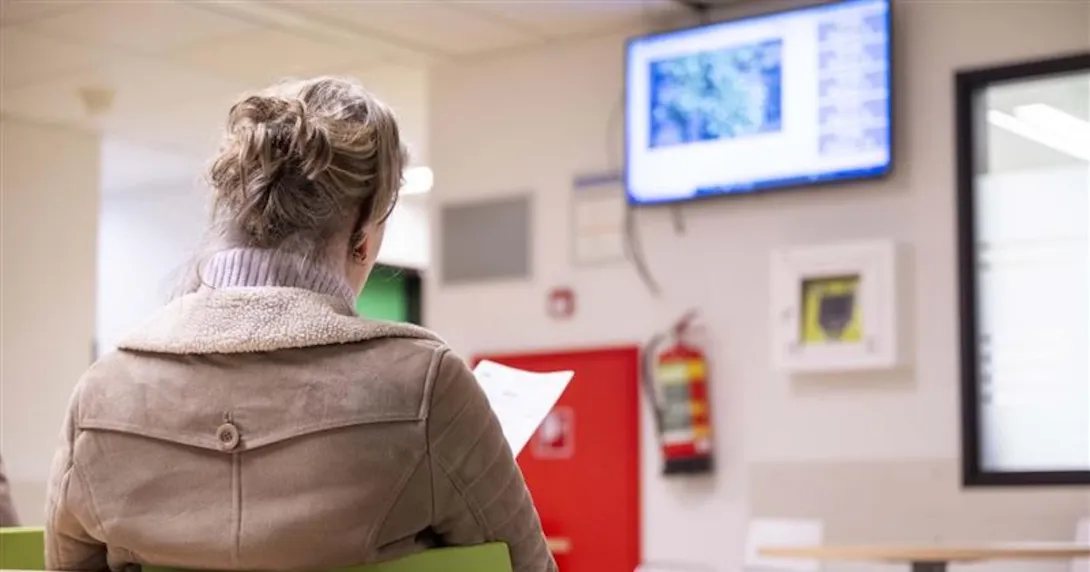I was listening not long ago to All Things Considered, to a story about a new breed of 3D sensor-equipped cameras - artificial eyes, essentially, that can make out shape and form, navigating space and gauging its dimensions.
With them, said NPR correspondent Steve Henn, it will soon be possible to take "detailed, accurate, 3D models of your house, just by walking through and filming your home with a mobile device. You could take that model with you when you go shopping for a couch. You could send that to a 3D printer and create a dollhouse for your kid."
The sensors sound cool, for sure. But it was the matter-of-factness with which Henn mentioned 3D printing that really struck me.
I first wrote about 3D printing about three years ago. At first blush, the technology seemed fantastical. Actual objects, conjured out of thin air? It didn't seem that long ago that dot matrix 2D printers were the pinnacle of technology!
The same principle is at work, just with an added dimension: the machines take digital data and then, by slowly moving materials such as plastic, metal or even glass, back and forth, layer by layer, are able to built a replica, based on that data, that exists in the real world.
Industrial titans like Honeywell and Boeing use the technology to build parts for their machines. But at that time, the technology was even moving into people's homes.
One of the personal 3D printers I wrote about back in 2009 cost $950. Its prototype thermal plastic extruder, encased in plywood, came from a kit that had to be self-constructed. It was only able, layer by layer, to slowly spit out assorted gear shapes, small toys and "some sort of dice thingy" derived from digitized plans. It was nonetheless sold out, with long waiting list.
Still, I wrote, "in the not too distant future" it seemed possible that the technology could be almost commonplace. Well, here we are in the future. And 3D printing has come a long way - not least in medicine.
"Once considered science fiction, the ability to do 3D printing - to produce objects on demand at relatively low cost - has become a reality," write Vivek Srinivasan and Jarrod Bassan of CSC in Forbes.
And more than that, it's growing. The magazine lays out its predictions for the technology in 2013 - including increasing industrialization, innovation and commercialization. Also, one specific application gets excited mention.
"3D printing starts saving lives," write Srinivasan and Bassan. "3D-printed medical implants will improve the quality of life of someone close to you. Because 3D printing allows products to be custom-matched to an exact body shape, it is being used today for making better titanium bone implants, prosthetic limbs and orthodontic devices."
Meanwhile, more exciting advances are on the horizon.
"Experiments in printing soft tissue are underway, and may soon allow printed veins and arteries to be used in operations," they add. "Today's research into medical applications of 3D printing covers nano-medicine, pharmaceuticals and even printing of organs. Taken to the extreme, 3D printing could one day enable custom medicines and reduce if not eliminate the organ donor shortage."
"Bioprinting," which builds organic shapes from layer after delicate layer of living cells, has truly raised the stakes.
As financial journalist Russ Banham put it this past spring in a T. Rowe Price report on the burgeoning industry, 3D printing has fast evolved to a point where it's not too far-fetched to say that "the human body might someday be thought of as a system of interchangeable parts."
From prosthetics to dental implants to organs to to cartilage, an increasing number of companies are moving the technology forward.
Rock Hill, S.C.-based 3D Systems uses printers to fabricate personalized in-ear hearing aids. Bespoke Innovations, in San Francisco, designs and prints gorgeous customized prosthetics that could easily be called art; amputees are even able to design their own. San Diego-based Organovo developed one of the first 3D bioprinters. Conjuring "living human tissues that are three-dimensional, architecturally correct, and made entirely of living human cells," officials say, its technology "has the potential to change the world."
Open source software is also playing a big role in the development of the industry, helping make for faster and more fertile innovation.
"When information can create physical products, there will be open source versions of that also, and access to 3D printing will be even more ubiquitous than computing platforms are today," famed futurist Ray Kurzweil told the Washington Post this past November.
In the meantime, the breakthroughs keep coming. This past September, nano-engineers at the University of California San Diego announced a new technology that can fabricate microscale 3D structures from biocompatible hydrogels.
"Near term, the technology could lead to better systems for growing and studying cells, including stem cells, in the laboratory," researchers wrote in a press release. "Long-term, the goal is to be able to print biological tissues for regenerative medicine. For example, in the future, doctors may repair the damage caused by heart attack by replacing it with tissue that rolled off of a printer."


